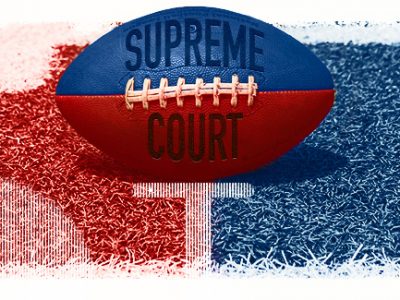I. Introduction
The Supreme Court, led by Chief Justice Melville Fuller and later by Chief Justice Edward D. White, played an important role in shaping American public policy during the Progressive Era (1890-1930) by rendering decisions that had two general effects. This paper will concentrate on the Fuller Court though some of the decisions are from the White Court. In some cases, the Court protected freedom of enterprise and endeavor by blunting the effects of Progressive legislation at the state and federal levels. James Ely, referring to the Fuller Court summarizes this aspect of the Supreme Court during this era: “Although appointed by ten different presidents, the members of the Fuller Court shared a number of core constitutional values. Foremost among these were individual liberty and the idea of limited government” (Ely 2003, p. 103). Nevertheless, in other cases, the Court under Fuller and White affirmed the constitutionality of Progressive legislation, and therefore, furthered reasonable but moderate regulation by reaching “…accommodation under which they were willing to allow some modification of the common law in order to permit the increased exercise of state and federal police powers” (Shoemaker, 2004, p. 12).
On balance, however, commentators have pointedly indicted the Court during this period for reining in Progressive legislation. These same commentators have lauded the Justices who favored Progressive action and who dissented in the cases striking down Progressive legislation. In the typical law school classroom in the post WWII era, the decisions rendered during this era against Progressivism—often called the “Lochner Era” (after one of the key Supreme Court cases) were regarded as illiberal and reactionary and are still often presented that way today (Kauper & Beytagh, 1980, p. 713). Recently there has been some much-needed revision by constitutional historians of this one-sided view of the Supreme Court during this era (Phillips, 2001, p. 3; Bernstein, 2004, p. 327; Urofsky, 1985, p. 63). This paper will argue that the members of the Court, in their decisions on matters of taxation, labor and working conditions, and interstate commerce were generally consistent with the Founders’ liberty and limited government views, but not entirely obstructive of increased governmental regulation.




